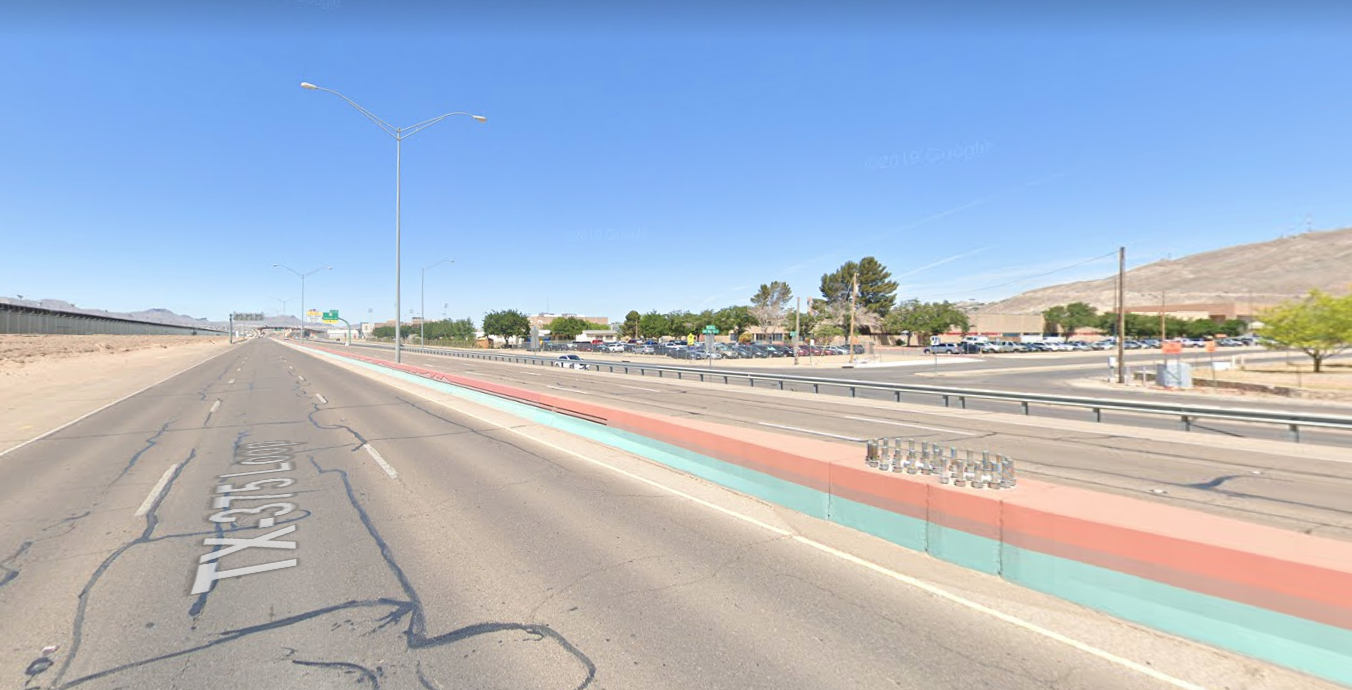When an individual is injured in a Texas car accident, they can incur serious financial costs as a result of doctor’s visits, lost wages, and surgeries. In a perfect world, the victim will receive monetary compensation for their injuries if they were caused by another person’s negligence, either from the at-fault party or from their insurance company. However, sometimes, the costs incurred from an accident are far more than the at-fault driver can cover, especially if they are uninsured or underinsured.
Unfortunately, it is estimated that over 2 million drivers do not have any liability insurance, although Texas requires it for all drivers. Under Texas car insurance law, insurance companies are required to offer drivers uninsured and underinsured motorist coverage, also known as UM and UIM. This coverage protects individuals who are injured in an accident where the responsible party either does not have insurance or does not have enough insurance to fully cover the damage. However, the amount an individual receives from UM/UIM coverage depends on the coverage limit, and there may still be times when this is still not enough to cover all of the costs of an accident.
Texas law allows accident victims in some cases to “stack” their UM/UIM limits from separate policies if they have coverage on more than one vehicle. For example, a family may decide to purchase UM/UIM insurance for two vehicles with coverage of up to $25,000 per vehicle. If one family member is injured in a crash with a negligent uninsured or underinsured driver, resulting in medical bills of $50,000, their UM/UIM coverage will only cover half of that. However, if the insurance policies allow stacking, the coverage from the second, uninvolved vehicle could also be used, adding an additional $25,000 to fully cover the $50,000 in damage. This can only happen if the two vehicles are covered under separate policies, however, rather than one.

 Texas Injury Lawyers Blog
Texas Injury Lawyers Blog


